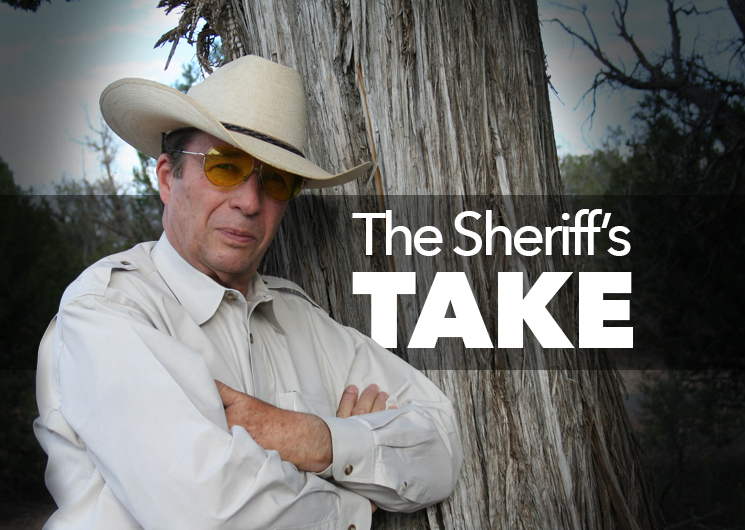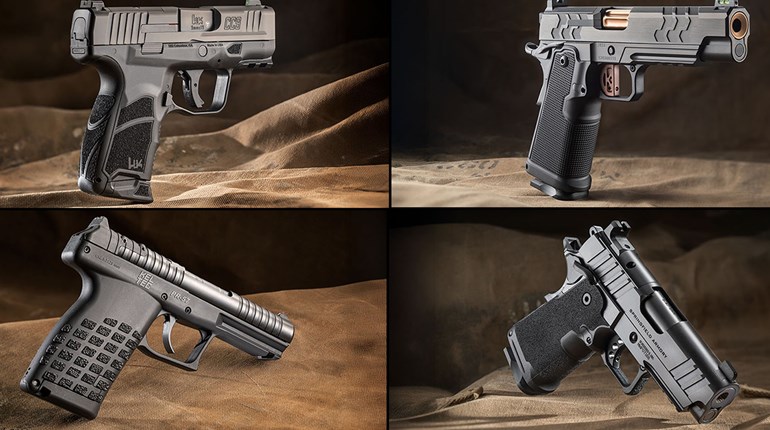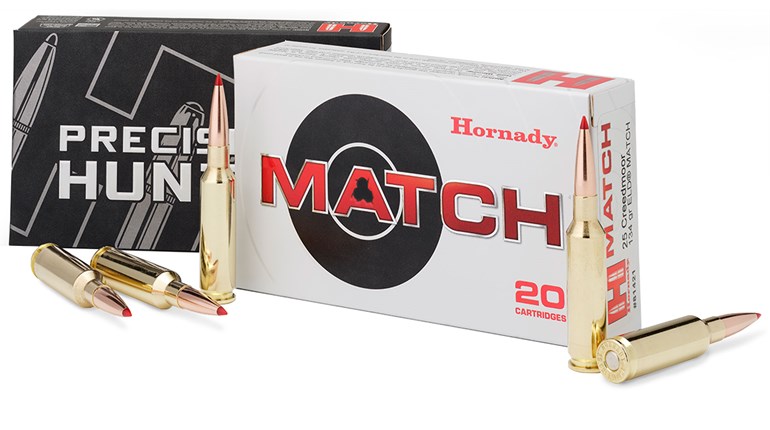
We’ve had a good discussion this morning on social media about why some guns just feel better to us than others, and we realize that what feels good to me may not feel good to you. Feeling good, of course, should always translates into the gun with which we do our best shooting. Here are my thoughts on the subject.
It is sometimes difficult for those of us who have spent a lifetime shooting to remember those first, awkward shooting experiences. To begin with, we had to make do with the guns that were given to us or were available for us to shoot. Often they didn’t fit. It was sort of like being in the military; no one ever asked a soldier, “How can we modify this gun to make it more serviceable for you?” But, as time went by, we began to drift towards those guns that just felt right.
A lot of that is very subjective. It has to do with our hand size, arm length, and general body size. And the shooter soon realizes that certain guns just feel more balanced than others, come on target quicker, and reflect this in better scores.
In my own case, I remember the first time I shot one of the original Ruger Flat Top Blackhawks. It was love at first shot. They had the old XR-3 grip strap. On later Old Model guns the company went to the XR-3 (Red) grip frame with slightly different dimensions, and I could quickly tell the difference. In the same vein, the arched mainspring housing on a 1911 has always felt better to me than the flat one. And, finally, I rarely shoot the Smith & Wesson N-frame magnums simply because I can’t keep the recoil off the knuckle at the base of my thumb. None of these comments are intended in any way to detract from the good guns that I have just mentioned because, with the possible exception of the Colt single action and the German Luger, no one ever built a gun that fit everyone’s hands.
So what does that tell us about selecting guns? It means that we just have to shoot a number of different guns to see what fits us and seems to balance the best in our particular hand; with the understanding that that fit and balance should translate to better shooting scores.
In the same vein, we can help the new shooter shorten their search. I would take a new shooter to a well-stocked gun shop and let them try out a variety of guns. It would be even better if the shop had a range and rental guns. My main job would be to make sure that the new shooter only tried out good quality guns, keeping them away from the less desirable, less trustworthy pieces.
Gun fit and our resulting performance with a particular gun are nearly always a very subjective thing. The sooner we realize this, the sooner our shooting ability improves. And the good news is that we are blessed with a large number of quality American-made firearms to choose from.
































